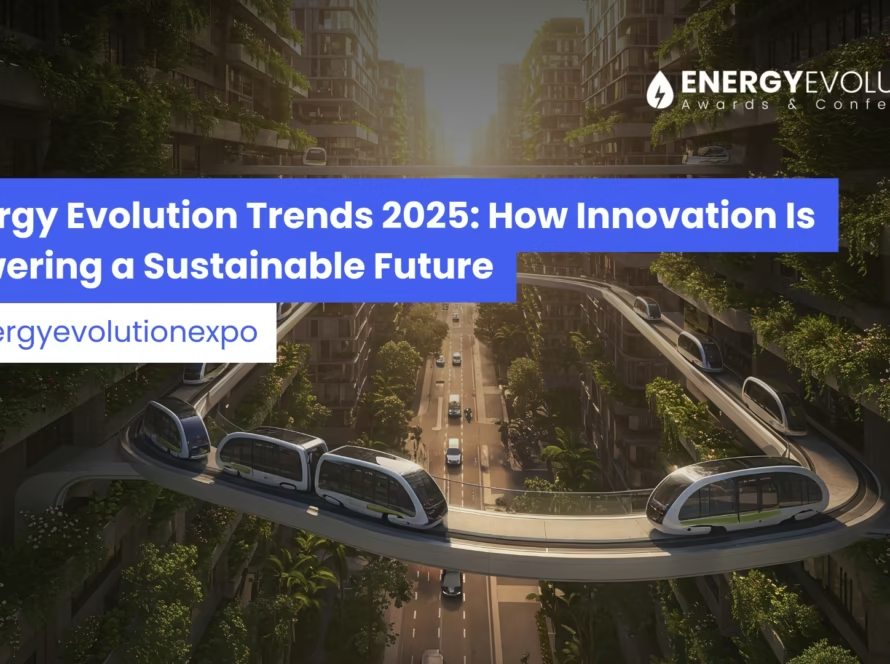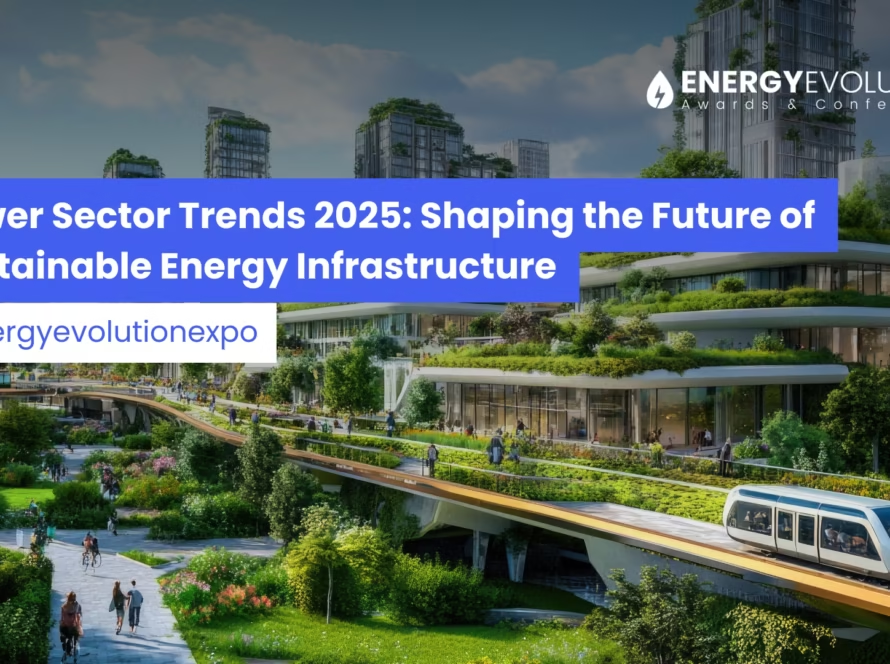In 2025, the Middle East continues to accelerate its shift toward renewable energy, driven by abundant solar resources, ambitious government strategies, and growing private sector investments. The region is witnessing dynamic trends in solar expansion, energy storage, green hydrogen, and policy-driven collaboration aimed at decarbonization and sustainable growth.
Solar Energy Expansion
Solar power remains the backbone of renewable energy in the Middle East, benefiting from the region’s intense sunlight and rapidly decreasing photovoltaic (PV) technology costs. The UAE’s Mohammed bin Rashid Al Maktoum Solar Park is projected to exceed approximately 3.8 GW capacity by late 2025, with ongoing expansions targeting a 7 GW milestone by 2030. Saudi Arabia is advancing with large-scale projects like the 1.5 GW Sudair Solar PV plant, utilizing cutting-edge bifacial panels and tracking technology. Oman’s Ibri II solar plant adds around 600 MW to the grid, supporting the country’s Vision 2040. Egypt continues to leverage its Benban Solar Park, one of the world’s largest, contributing over 1.6 GW to national capacity .
Energy Storage and Grid Modernization
To enhance renewable integration and manage intermittency, investments in Battery Energy Storage Systems (BESS) and smart grids are growing. The region’s first 24/7 solar PV plus battery storage gigascale project launched by Masdar and EWEC in Abu Dhabi showcases this trend, ensuring reliable clean power supply day and night. Hybrid renewable systems combining solar with wind power, alongside advanced grid management and digital monitoring tools, are shaping resilient and flexible energy networks .
Green Hydrogen Emergence
Green hydrogen production is rapidly gaining momentum as a key energy carrier and export commodity. The UAE, Oman, and Saudi Arabia lead with large electrolyzer projects powered primarily by renewable energy. Saudi NEOM’s USD 8.4 billion green hydrogen plant is set to become a global benchmark. Oman’s Hydrogen Oman (Hydrom) initiative attracts international consortia focusing on export markets. These projects are integral to decarbonizing heavy industrial sectors and creating new clean energy export markets .
Policy Support and Investment Growth
The renewable shift is underpinned by strong governmental commitments, including Saudi Vision 2030 and UAE Energy Strategy 2050, supported by policy incentives, competitive auctions, and enhanced green financing. Saudi Arabia’s Public Investment Fund has raised billions in green bonds, accelerating clean energy project funding. Cross-border collaborations and regional grid interconnections, such as the GCC grid expansion and Egypt-Europe renewable links, further promote market growth .
Water-Energy Nexus
Renewable-powered desalination plants address critical water scarcity in GCC countries, especially solar and wind-driven projects. Integration of energy and water sustainability goals is becoming a priority, ensuring reliable water supply while reducing carbon footprints.
Regional Collaboration and Market Growth
Renewable energy capacity in the Middle East is forecasted to grow robustly with a market Size expected to exceed USD 100 billion by 2033, growing at a CAGR between 9.5% and 13%. Industrial sectors remain major consumers, adopting renewables to reduce emissions and enhance energy security. The MENA region renewables share is rising steadily, with renewable energy accounting for over 10% of installed power generation capacity in 2025 .
Conclusion
The Middle East in 2025 embraces a rapidly evolving clean energy landscape, combining resource advantages with technology and policy innovation to transform its traditional fossil-based systems toward a resilient, low-carbon future. Looking ahead, the Energy Evolution Awards & Conference 2026 will serve as a landmark platform to recognize groundbreaking projects, celebrate innovation, and bring together global leaders, investors, and policymakers. This gathering is set to accelerate regional collaboration and inspire the next wave of renewable energy breakthroughs across the MENA region.




